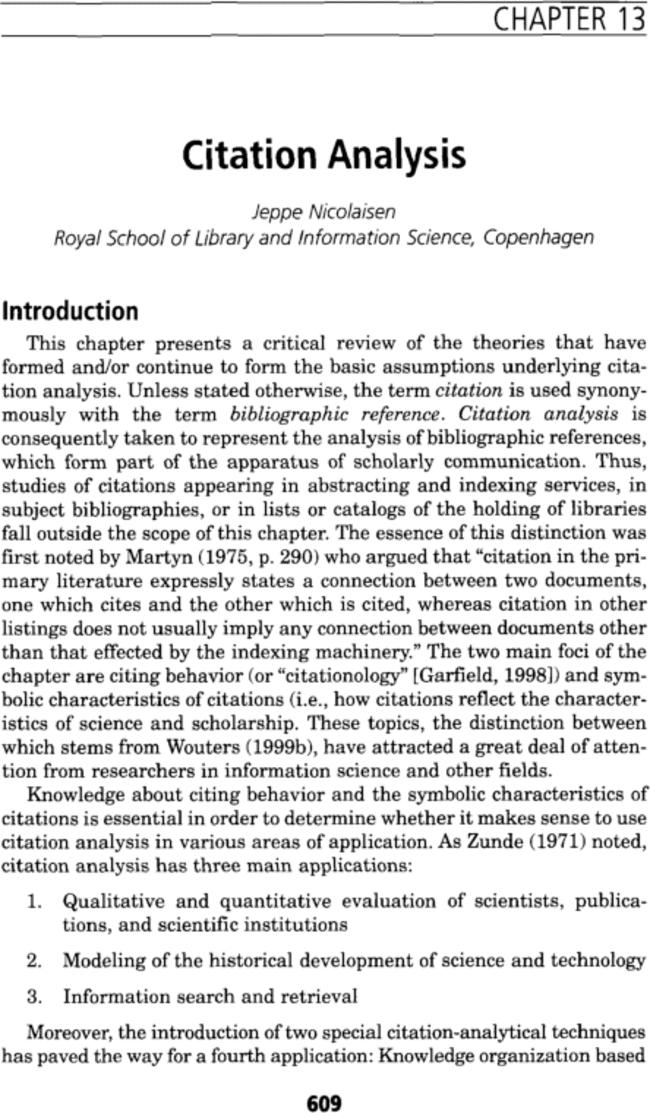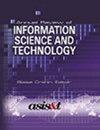Citation analysis
Annual Review of Information Science and Technology
Pub Date : 2008-10-24
DOI:10.1002/aris.2007.1440410120
引用次数: 85
Abstract
Introduction This chapter presents a critical review of the theories that have formed and/or continue to form the basic assumptions underlying citation analysis. Unless stated otherwise, the term citation is used synonymously with the term bibliographic reference. Citation analysis is consequently taken to represent the analysis of bibliographic references, which form part of the apparatus of scholarly communication. Thus, studies of citations appearing in abstracting and indexing services, in subject bibliographies, or in lists or catalogs of the holding of libraries fall outside the scope of this chapter. The essence of this distinction was first noted by Martyn (1975, p. 290) who argued that “citation in the primary literature expressly states a connection between two documents, one which cites and the other which is cited, whereas citation in other listings does not usually imply any connection between documents other than that effected by the indexing machinery.” The two main foci of the chapter are citing behavior (or “citationology” [Garfield, 19981) and symbolic characteristics of citations (i.e., how citations reflect the characteristics of science and scholarship. These topics, the distinction between which stems from Wouters (1999b), have attracted a great deal of attention from researchers in information science and other fields. Knowledge about citing behavior and the symbolic characteristics of citations is essential in order to determine whether it makes sense to use citation analysis in various areas of application. As Zunde (1971) noted, citation analysis has three main applications:

引文分析
本文章由计算机程序翻译,如有差异,请以英文原文为准。
求助全文
约1分钟内获得全文
求助全文

 求助内容:
求助内容: 应助结果提醒方式:
应助结果提醒方式:


